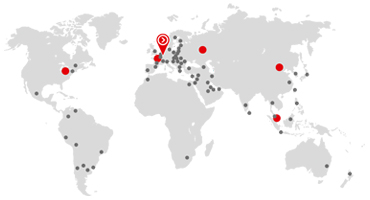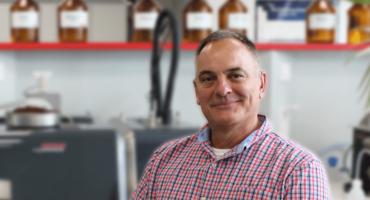Dry Dispersion Unit
-
Reliable thoroughness
The ultra-compact dry dispersion unit with a height-adjustable funnel and a stirrer made of stainless steel ensure optimum sample feeding adapted to the respective sample material.
The sample material is transported with a vibratory feeder through the intake funnel into the dry measuring cell, where it falls directly into a Venturi nozzle operating with an adjustable flow of compressed air. Upon passing through the nozzle, agglomerates are broken up and the measurement of the particle size dispersion in the laser beam takes place directly afterwards. For dry dispersion the required sample volume is 1 – 300 cm3, which is larger compared to wet dispersion; however it is also easier to obtain a representative analysis.
-
Strong advantages during dry measurement
-
Technical data
-
Dispersion process
-
Fully programmability
-
Compressed air connection
-
Multifunctional exhaust system








